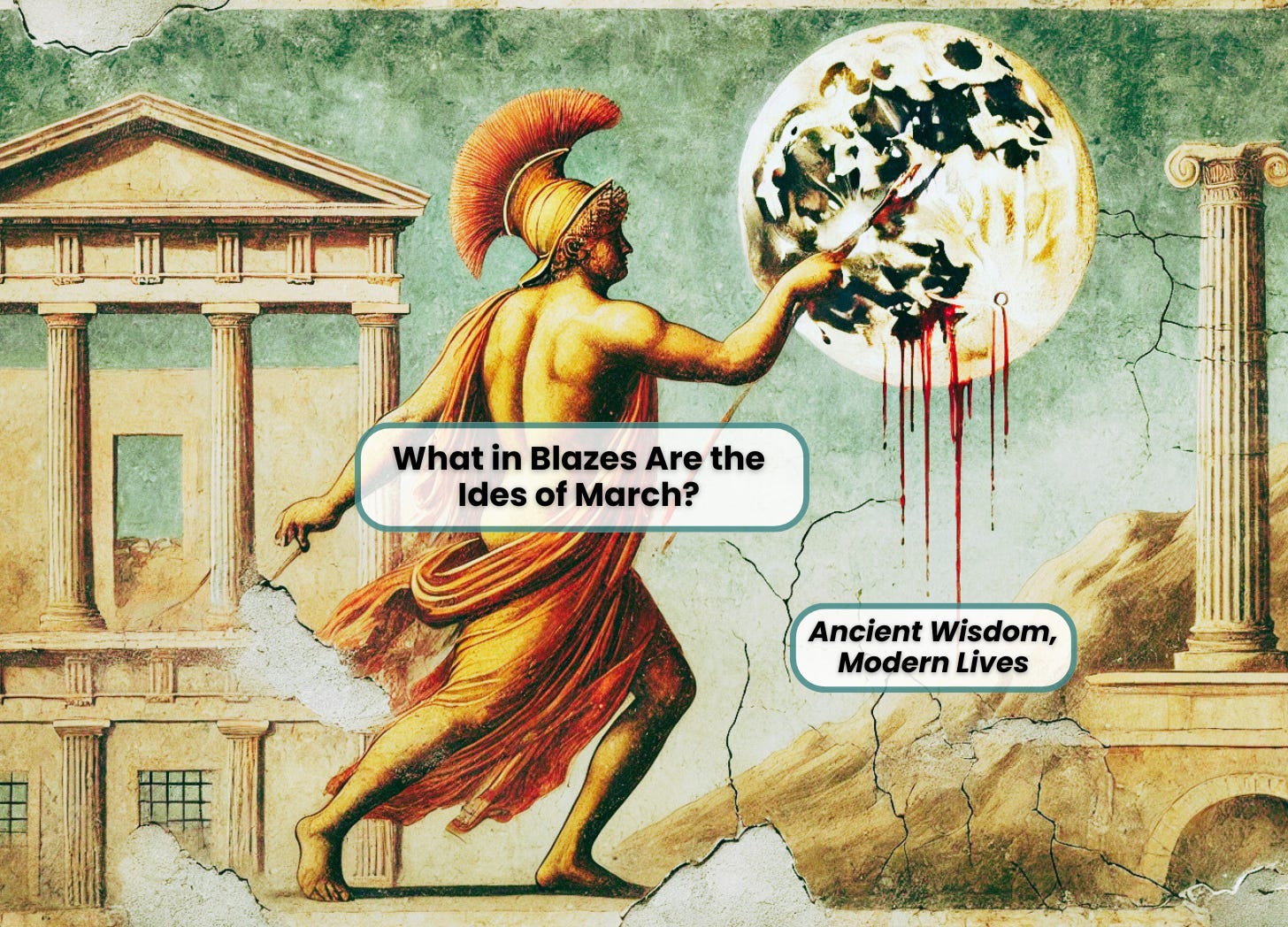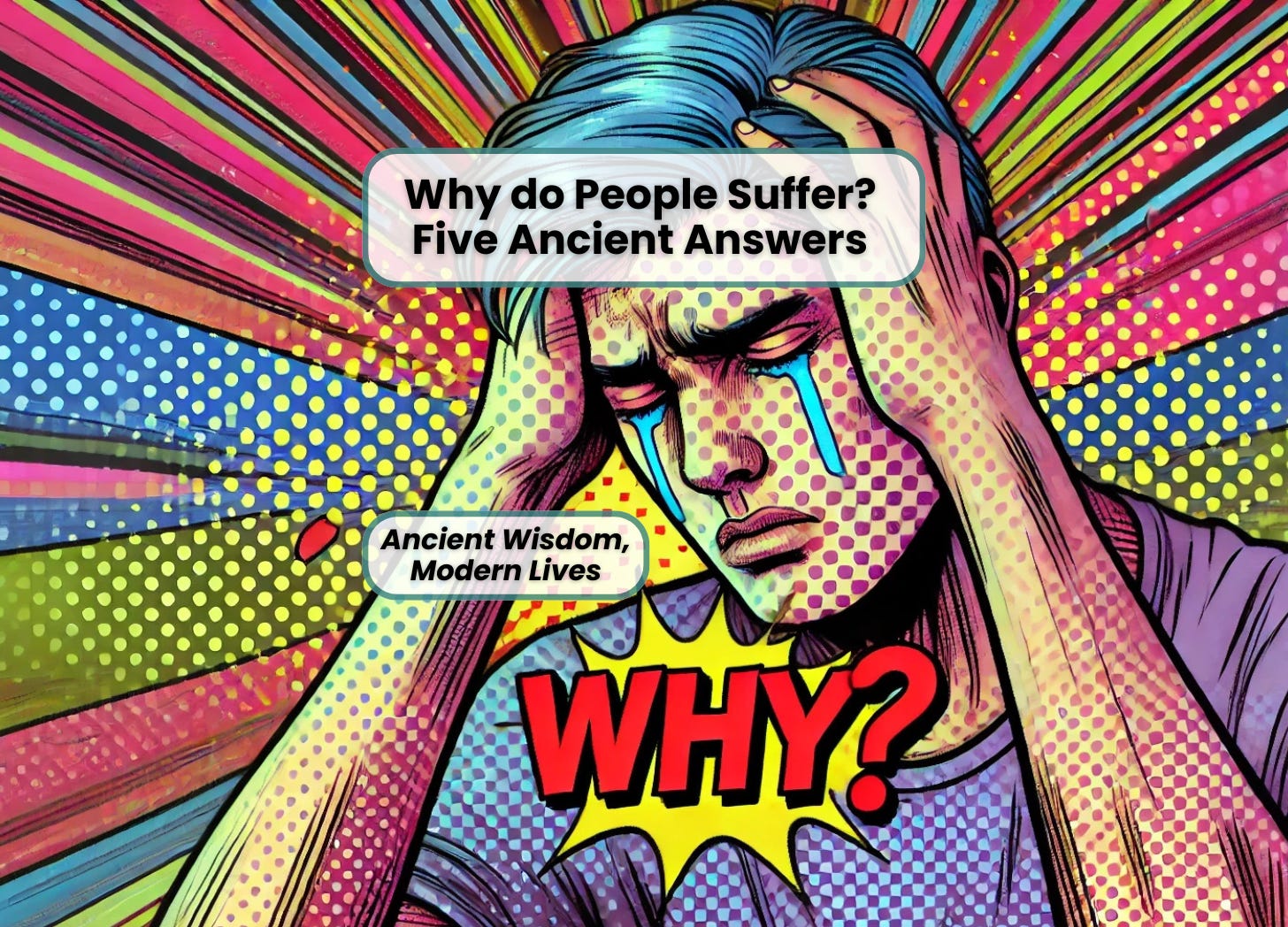Making Sense Isn’t Enough
In a widely-quoted post earlier this week on Koinonia, Bill Mounce delineates six “translation procedures”:
1. Concordance. [Translate the Greek consistently into English.]
2. One for one. Prefer a single word translation for one Greek word.
3. Less interpretive.
4. Euphony.
5. Must make some sense. But wait! Theres more! (Sounds like a Greek infomercial.) [The translation shouldn’t sound “weird.”]
I no longer actively write this blog, but you can find me at Ancient Wisdom, Modern Lives
Subscribe Now I'd love to see you there!6. Open to misunderstanding. [The translation shouldn’t be misleading.]
It took me a while to put my finger on what was bothering me, but I’ve figured it out. It’s his number (5). Essentially, for him, steps (1)-(4) are the translation process, and (5)-(6) are checks to see if the translation is successful. That is (as I understand it), Dr. Mounce takes the Greek and finds English that (as much as possible — a caveat he includes) is consistent (as per [1]) in its non-interpretive (3) word-for-word (2) rendering of Greek into similar-sounding (4) English.
As Mounce knows, the process sometimes yields results that don’t make sense in English. When that happens, Mounce’s procedure is to find similar English that does make sense.
But I think the reasoning is flawed, because the English translation has to do more than just make sense. It has to reflect the original. To put it another way, the right translation has to make sense, but there are lots of renditions that make sense that are not the right translation.
The very fact that steps (1)-(4) can produce English that doesn’t make sense tells me that his process is unreliable.
I suppose that Mounce’s reply would be that of course the English has to reflect the original, and in finding English that makes sense he also finds English that reflects the original. But if so what he’s really saying is that he can and does bypass steps (1)-(4). So either way, I don’t see the value of (1)-(4).
By the way, his post is also available on his blog.
Take a look and let me know what you think.






One Response
I’d prefer to see #5 as functioning as a beacon which guides steps 1-4.